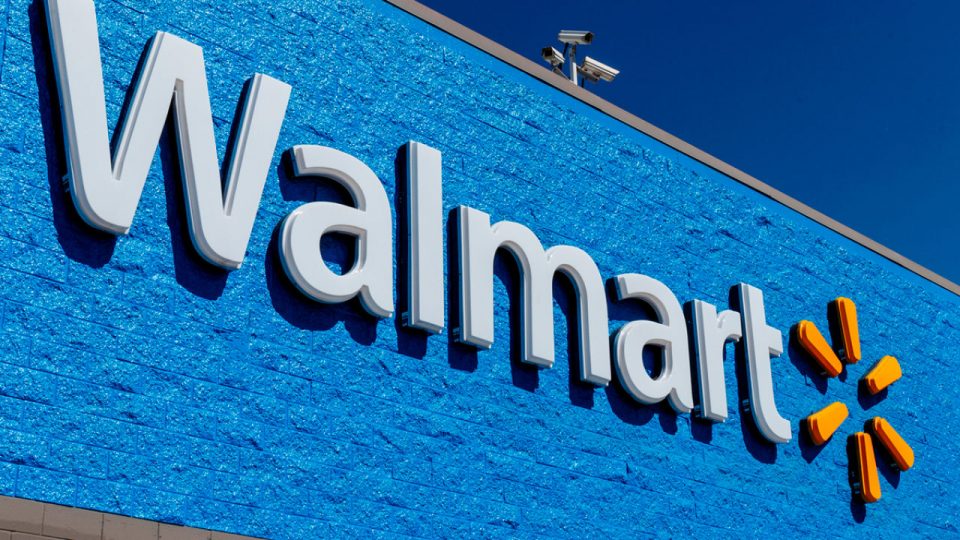The Evolving Landscape of Global Food Retail Giants: A Comprehensive Overview
As of 2023, the food retail industry continued to witness significant transformations in response to evolving consumer preferences and market dynamics. This research summary delves into the key players shaping the sector, offering insights into their strategies, revenue figures, and unique business models.
1. Walmart – Leading the Pack:
- Headquarters: Bentonville, Arkansas
- Stock Ticker: WMT
- Market Cap: $408.52 billion
- 2023 Revenue: $573 billion
- Net Income: $13.94 billion
Walmart remains the undisputed leader in the global food retail landscape, boasting a vast network of over 11,500 stores across 27 countries. The company’s diverse formats, including hypermarkets, discount stores, and neighborhood markets, contribute to its dominance, accounting for over a fourth of the entire grocery industry’s annual sales.
2. Costco Wholesale – Champion of Bulk Purchasing:
- Headquarters: Issaquah, Washington
- Stock Ticker: COST
- Market Cap: $220.19 billion
- 2023 Revenue: $226.954 billion
- Net Income: $5.84 billion
Costco, the second-largest food retailer, distinguishes itself through a business model focused on bulk purchasing and limited inventory variety. With 795 locations globally, Costco’s membership-only warehouse clubs offer competitive pricing and unique strategies like low-priced food courts to attract and retain customers.
3. 7-Eleven – Convenience Redefined:
- Headquarters: Dallas, Texas
- Stock Ticker: N/A
- Market Cap: $37.37 billion
- 2023 Revenue: $87.60 billion
- Net Income: $2.94 billion
Operating in 17 countries, 7-Eleven’s multinational chain of convenience stores adapts its offerings based on regional preferences. While U.S. stores focus on snacks and deli items, Asian locations offer expansive grocery aisles with fresh produce and prepared meals.
4. Kroger – A Diverse Grocery Supermarket:
- Headquarters: Cincinnati, Ohio
- Stock Ticker: KR
- Market Cap: $34.04 billion
- 2023 Revenue: $148.3 billion
- Net Income: $1.655 billion
Kroger, the fifth-largest grocery supermarket in the U.S., operates 2,750 stores and owns food processing facilities. Known for private brands like Simple Truth and Murray’s Cheese, Kroger’s diverse offerings cater to various consumer preferences.
5. Aldi – Streamlined and Affordable:
- Headquarters: Essen, Germany (Aldi Nord) Mulheim, Germany (Aldi Sud)
- Stock Ticker: N/A
- Market Cap: N/A
- 2023 Revenue: $121.1 billion
- Net Income: $968 million
Aldi’s discount supermarket model emphasizes affordability through streamlined operations. With over 10,000 stores globally, Aldi minimizes costs by selling products in original packaging, offering fewer branded items than competitors.
6. Lidl – A Thriving Discount Model:
- Headquarters: Neckarsulm, Germany
- Stock Ticker: N/A
- Market Cap: N/A
- 2023 Revenue: $110.71 billion
- Net Income: $6.405 billion
Lidl’s discount supermarket strategy mirrors that of Aldi, focusing on cost-cutting measures to provide consumers with significantly lower prices. With 12,000 stores primarily in the EU, Lidl competes vigorously with Aldi, consistently updating special weekly offers.
7. Target – A Blend of General Merchandising and Groceries:
- Headquarters: Minneapolis, Minnesota
- Stock Ticker: TGT
- Market Cap: $68.60 billion
- 2023 Revenue: $109 billion
- Net Income: $2.80 billion
Target, the eighth-largest retailer in the U.S., distinguishes itself from Walmart as a general merchandiser that also sells groceries. While groceries are a growing segment, Target plans to expand its grocery offerings, adopting the PFresh format in newer stores.
8. Carrefour – Hypermarkets Across Continents:
- Headquarters: Boulogne-Billancourt, France
- Stock Ticker: N/A
- Market Cap: $14.95 billion
- 2023 Revenue: $87.543 billion
- Net Income: $1.42 billion
Carrefour’s hypermarkets, supermarkets, and department stores span Europe, Asia, North Africa, and the Middle East. The company’s “Carrefour 2022” initiative aims at developing organic products and reducing food waste.
9. Tesco – UK Grocery Market Leader:
- Headquarters: England, United Kingdom
- Stock Ticker: TSCO
- Market Cap: $25.13 billion
- 2023 Revenue: $84.139 billion
- Net Income: $2.031 billion
Tesco, the leading grocery retailer in the UK, focuses on a high-volume, low-cost strategy. The company’s affordable brands, Tesco Value and Tesco Finest, cater to a broad consumer base, emphasizing cost-effective sourcing.
10. Albertsons Co – Expansive Supermarket Chain:
- Headquarters: Boise, Idaho
- Stock Ticker: ACI
- Market Cap: $11.97 billion
- 2023 Revenue: $71.887 billion
- Net Income: $1.514 million
Albertsons, the second-largest U.S. supermarket chain, operates over 2,200 stores, offering a diverse range of products. After a merger with Safeway Inc. in 2015, Albertsons expanded its footprint and product offerings.
11. AEON – Grocery Retail in Japan and China:
- Headquarters: Chiba, Japan
- Stock Ticker: TYO: 8267
- Market Cap: $17.578 billion
- 2023 Revenue: $69.40 billion
- Net Income: $392.914 million
AEON, operating in Japan and Greater China, runs 300 stores, mainly within shopping malls. Not to be confused with its parent company, AEON focuses on grocery and general merchandise retail.
12. Publix – Employee-Owned Excellence:
- Headquarters: Lakeland, Florida
- Stock Ticker: N/A
- Market Cap: $13.0 billion
- 2023 Revenue: $54.5 billion
- Net Income: $2.90 billion
Publix, an employee-owned supermarket chain, spans the Southeastern U.S. Known for its commitment to employees, Publix’s revenue stems primarily from its grocery offerings, with additional products like gift cards and flowers.
13. H-E-B – Texan Grocery Giant:
- Headquarters: Anderson, California
- Stock Ticker: N/A
- Market Cap: $23.0 billion
- 2023 Revenue: $21.0 billion



